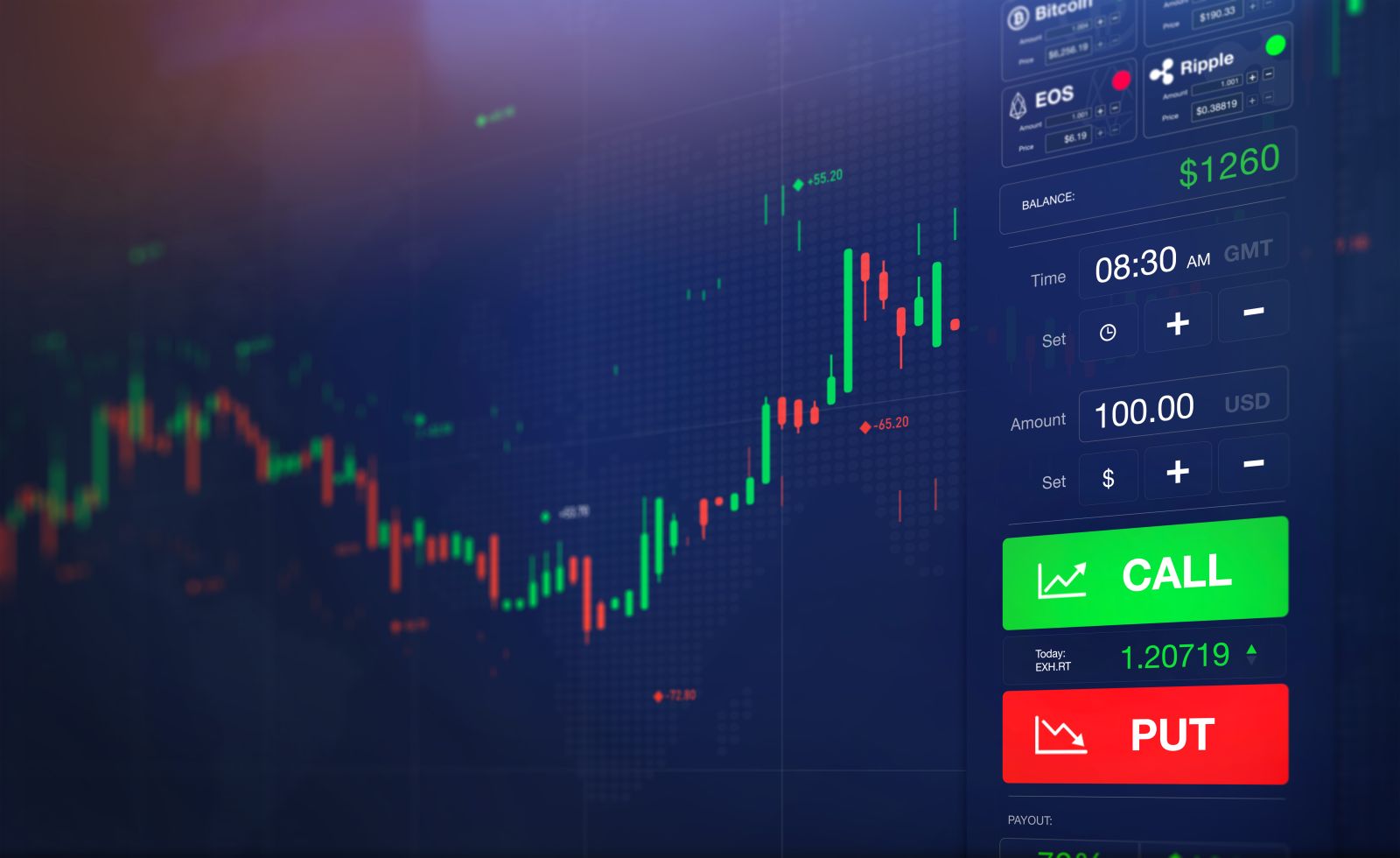|
|
|
|
|
PCE
Departments
USDA Cash Bids
Market Data
News
Ag Commentary
Weather
Resources
|
3 Naked Put Trades for Quick Income Backed by Barchart’s New Charting Tools
Selling options can be an easy and attractive way to earn income - yet it comes with risks. Naked puts, for example, place you at risk of substantial losses should the stock trade below the strike at expiration, so they require strict and disciplined trading. However, with due diligence and the use of available tools, you can increase your chances of success. So, let’s break down the strategy, and I’ll also show you how to use Barchart’s Stock Screener and its new Profit/Loss Charting tools to improve your outcomes in options trading. Naked Put DefinedA naked put, also known as an uncovered put, is a single-leg options strategy used by traders with a moderately bullish market outlook. It involves selling a put option without holding a corresponding short position in the underlying stock. The goal is for the stock to remain above the strike price, and if that happens, the trader retains the premium; however, if it falls below, the trader may be obligated to buy the stock. Naked Put MechanicsThe naked put strategy is a single position that generates a credit, which you receive upfront. The maximum profit is the premium received from selling the put. This occurs if the stock remains at or above the strike price through the expiration date. Naked puts are also known as one of the riskiest option trades due to their downside risk. If the stock price falls significantly, the trader must buy 100 of the underlying stock at the strike price, resulting in a potentially substantial loss. For that reason, brokers often require traders to maintain elevated “buying power." The breakeven point is calculated by subtracting the premium received from the put's strike price. For instance, if you sell a put with a strike price of $50 and collect $3 in premium, the breakeven is $47. If the stock stays above that, you're in the green. This strategy is often used by traders who are comfortable owning the stock at a discount or who want to generate income in a stable-to-rising market. Using Stock Screener to Identify Underlying AssetsThe first step in this strategy is to look for moderately bullish stocks. To help with this, you can access Barchart’s Naked Put Screener tool. For this analysis, I’ll use the following filters:
This combination of filters aims to produce a list of well-covered, top-rated stocks. The high market cap filter ensures that I don’t get smaller companies that can potentially experience massive price swings. After running the screen with these results, I got the following stocks, arranged based on the highest to lowest analyst scores: Now, let me show you how to open the new PnL Charting feature. From this list, click on any of the symbols here, like BABA, and that will bring you to the stock profile page. From there, click Naked Put on the left-hand side under Option Strategies. Once there, you’ll see potential naked put trades, complete with trade details. To access the new PnL Screener, you can click Profit/Loss chart at the top-right of the results table (1) or the Chart icon between the current trading price or expiration date (2). This will pull up the new profit/loss charting tool, which gives you access to five different tabs. Here they are:
Using that information, I can easily check for stock-specific naked puts that fit my risk appetite and trading strategy. Remember, these are highly rated stocks, which means analysts expect them to grow over the next 12 months. However, I’ll only be selling 30 to 45-day naked puts for short-term income rather than long-term growth. Utilizing The Expected Move Tab For Setting Up TradesYou can use the Expected Move tab to identify potential strike prices for your naked puts. The tab displays the stock’s anticipated price range across different periods based on 85% of ATM long straddle premiums. So, if you set the expiration date to July 3 (36DTE) and check BABA’s expected move chart, you’ll see that the stock is expected to trade between $107.99 and $125.50 at expiration. You can use the lower range as the basis for your strike price. Naked Put Examples Based on Top Three StocksUsing this step, let’s check the top three stocks on the list earlier and get the details of the naked put trades that are closest to the lower range of their respective expected moves. Alibaba Group Holding ADR (BABA)
Metrics From PnL Chart Tabs
Coca-Cola Company (KO)
Metrics From PnL Chart Tabs
Amazon.com Inc (AMZN)
Metrics From PnL Chart Tabs
Final ThoughtsThrow guesswork out the window and utilize every tool at your disposal to improve your chances of success. Barchart offers a powerful suite of screeners that allows you to customize your trade at every step of the way, from asset selection to trade specifics. With these features and metrics on display and visualized for your convenience, you can trade naked puts with precision and confidence. On the date of publication, Rick Orford had a position in: AMZN . All information and data in this article is solely for informational purposes. For more information please view the Barchart Disclosure Policy here. |
|
|